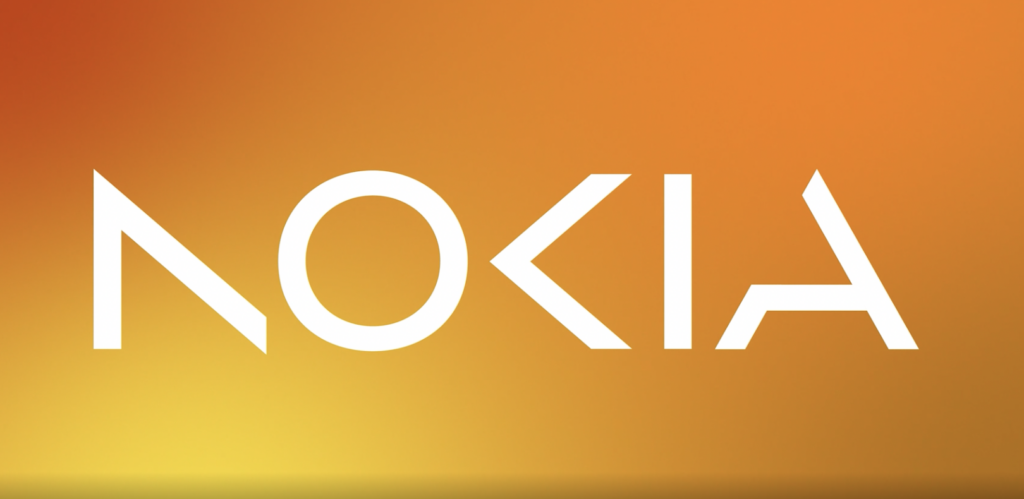Nokia expects the first release of the 5G-Advanced standard, Release 18, will be completed by 3GPP in the first half of 2024
Artificial intelligence (AI) and machine learning (ML) will play a key role in future 5G networks, Peter Merz, head of Nokia Standards, told RCR Wireless News.
“AI/ML is already part of 5G systems, but today it is mostly applied to network automation and proprietary SON types of solutions. With 5G-Advanced, we might see an advanced implementation of AI/ML in the RAN and radio interface,” the executive said.
He went on to say that eventually, those AI/ML capabilities will expand to the RAN, core and the device, creating a foundation for future releases, including 6G. “Potential benefits of AI/ML in the network will be significant. It will boost the performance of the radio interface, reduce power consumption and greatly improve the end-user experience. AI/ML will also play a big role in 5G-Advanced data collection and management. In short, AI/ML will help find a better performing network parameterization faster,” Merz said.
Commenting on the next steps of 5G-Advanced technology, the Nokia executive said that the first release of the 5G-Advanced Standard, Release 18, will be completed by 3GPP in the first half of 2024. He added that the commercial launch of 5G-Advanced is expected from 2025 onwards, adding that StandAlone architecture is required to capture all the business and technical benefits of 5G-Advanced.
“5G-Advanced will provide major enhancements, allowing us to reach the full potential of 5G. New value-adding features will further accelerate the monetization of 5G investments by facilitating the simultaneous delivery of services requiring a mix of high data rates, low latency or a massive number of devices,” the executive said.
Subscribe now to get the daily newsletter from RCR Wireless News
Merz also noted that the adoption of 5G-Advanced technology will enable the implementation of a wide range of new use cases, especially the ones which require a combination of high data rates, bounded-latency and/or massive connectivity, all combined with excellence in operation.
“XR, RedCap, NTN, UAV, positioning and synchronization are some of the key use cases. 5G-Advanced will enhance today’s XR experience by expanding the reach of VR and immersive AR applications and the cloud gaming experience. It will offer enhancements in terms of cellular-based positioning, for both indoors and outdoors scenarios,” Merz said. “Thanks to accurate positioning and RedCap, 5G connected tags for asset tracking can be implemented. 5G will become a viable alternative or supplement to GNSS/GPS for providing time synchronization to Universal Time Coordinated (UTC) or any well-defined time domain, supporting almost everything from industrial automation to real-time financial transactions and smart grids. Finally, 5G-Advanced evolves 5G RedCap, with the potential to further reduce user equipment costs for IoT and wearable devices. This widens the 5G-Advanced business potential of large 5G NR coverage investments toward device categories formerly only addressed with 4G technologies,” he added.
Merz also considered that 5G-Advanced will lay several foundations for future 6G systems. “There are a few areas where we can see 5G standardization acting as a bridge or “prior art,” including topics like AI/ML in air interface and in the network domains, ISC (Integrated Sensing and Communication) and Ambient IoT. These functionalities are being studied and specified in 5G-Advanced and will provide a basis for further 6G planning and implementation.”
RCR Wireless News published an editorial report dubbed “5G-Advanced deep dive: state of standards, products and use cases”, in which key industry leaders and analysts deep dive into 5G-Advanced progress in terms of standardization, as well as the new features and use cases that it will enable. Click here to access the report.
